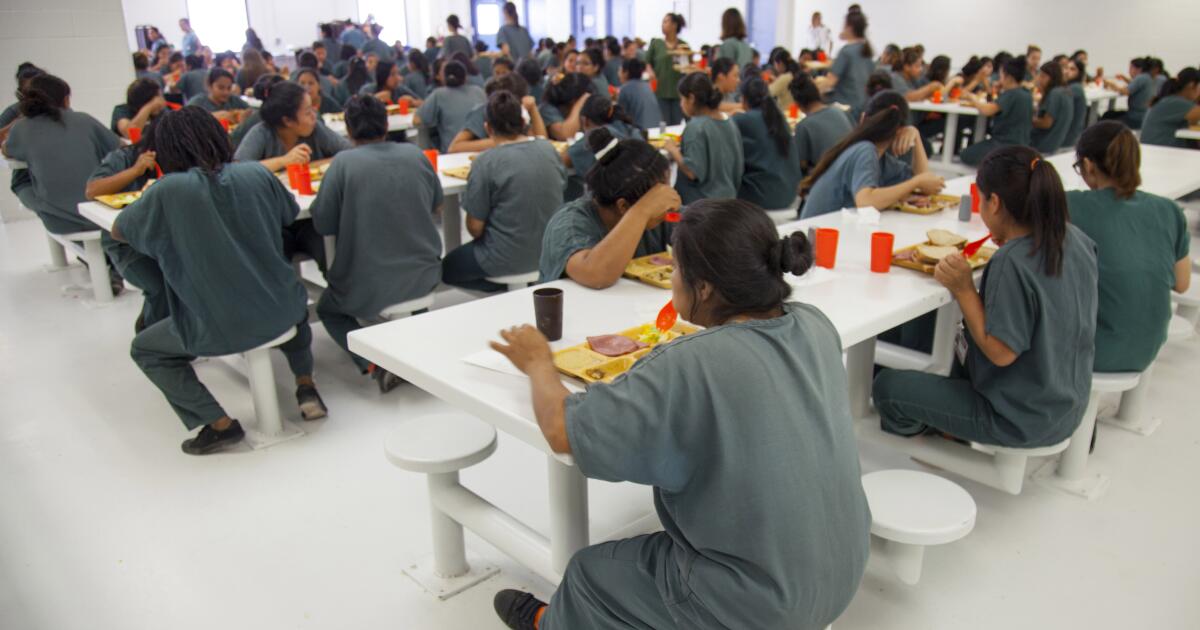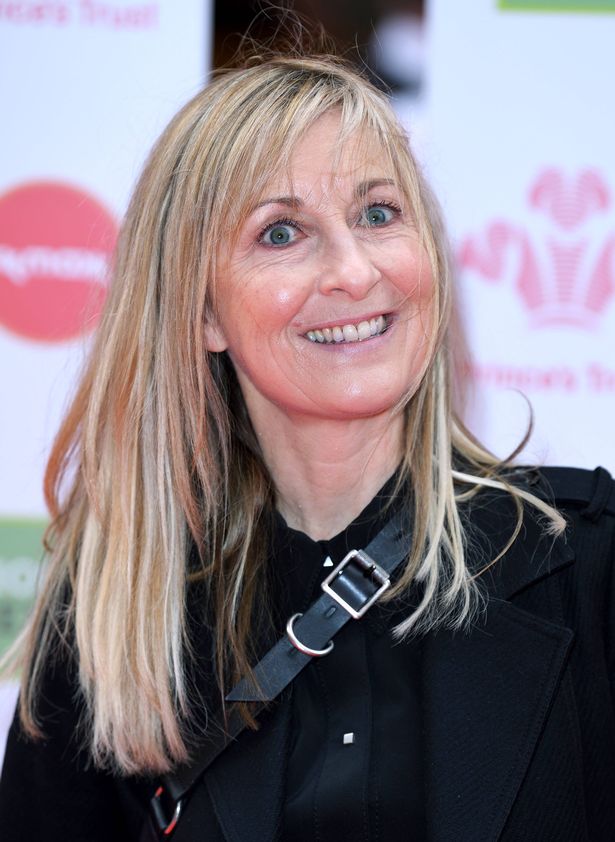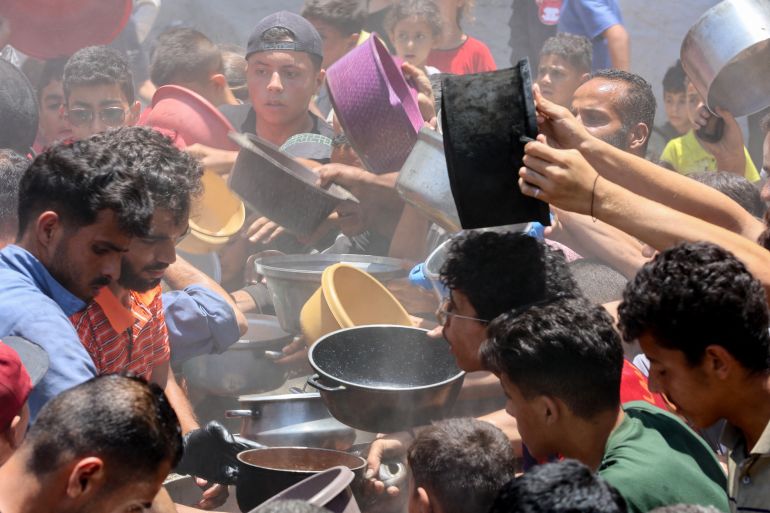Martin Frizell, the husband of former TV presenter Fiona Phillips, has been sharing heartbreaking updates about her battle with Alzheimer’s
The husband of Fiona Phillips has revealed that the former TV presenter has not cooked in years and has no time for her dressing room of designer clothes as she battles Alzheimer’s.
Martin Frizell said all his wife’s favourite hobbies and interests are now gone – she has not cooked in two years and wears the same T-shirt and trousers every day.
He asked The Telegraph: “What do I do with all these clothes?” And of her previously beloved cookery books, which now lay piled in the basement: “Do I take them to the dump?… She’s never going to open one again.”
But he’s determined not to let her favourite interests – of looking glamorous and eating delicious food – to completely disappear and he regularly helps her to get her hair coloured and nails done.
And he said the best thing his friends could do is to cook for them, leaving something on the doorstep, reports MailOnline.
The ex-GMTV host, 64, was diagnosed with the brain disorder in 2022, aged just 61. It came after she left the former ITV breakfast show in 2008 to care for her father, who suffered from it too, and died in 2012. Her mother also passed away from the disease in 2006.
Martin, 66, left his job as Editor of ITV’s This Morning after 10 years in February to care for Fiona. She has now written a memoir, Remember When: My Life With Alzheimer’s, with the help of her husband and journalist friend Alison Phillips, about her diagnosis.
Ahead of its release on July 17, Martin has now spoken out about some of the most heartbreaking impacts of the disease, which is the most common cause of dementia. There is currently no cure but there are medicines which can somewhat alleviate symptoms.
Martin, who married Fiona in 1997 and shares two children, Nathaniel, 26, and Mackenzie, 23, with her, started by contributing a few paragraphs to his wife’s memoir but ended up generating more than 24,000 words.
He recalled when she was diagnosed and given a leaflet on living with the disease that had a old couple with a Zimmer frame on it. It completely jarred with how young she was, having only just turned 61, Martin said: “She was wearing skinny jeans and high-heeled boots. This was a degenerative disease for old people like the ones on the leaflet,” he said.
The couple first put her symptoms – brain fog, social withdrawal, mood swings, depression and anxiety – down to the menopause.
His wife has always been active – so Martin wondered if her diagnosis could have been caused by stress.
At one point, during her turn on GMTV from 1993 to 2008, she was starting work at 3am, taking part in Strictly Come Dancing, bringing up her young sons, and caring for her parents, who lived far away in Wales.
But he also thought it could be their lifestyle in their younger years – which saw them regularly drink a bottle of wine each every night.
Martin, who has also edited GMTV and Loose Women, now cares for her full-time at their home in London. He revealed she has declined considerably over the last 12 months, needing help with basic tasks like brushing her teeth, developing more confusion, pain, delirium and psychosis and mostly staying inside
Martin appeared on This Morning on Friday, July 11 to tell hosts Alison Hammond, 50, and Dermot O’Leary, 52, about his wife’s progress.
He shared how challenging family life has been since Fiona’s diagnosis three years ago.
He said: “In the book, there’s a picture of her at the end of our road, the most recent picture I took, only a few weeks ago.
“And she’s looking great and she’s smiling and she’s got her coat on. And what you don’t know is she thought I’d kidnapped her. This was us going out.
“Because you get delusions because you get so worked up. She keeps saying, ‘I want to go home’.”
Asked by Alison if she still recognises him, he said: “She does recognise me most of the times. Doesn’t quite know that I’m her husband but she knows who I am.”
This Morning is on ITV1 weekdays at 10am and ITVX







